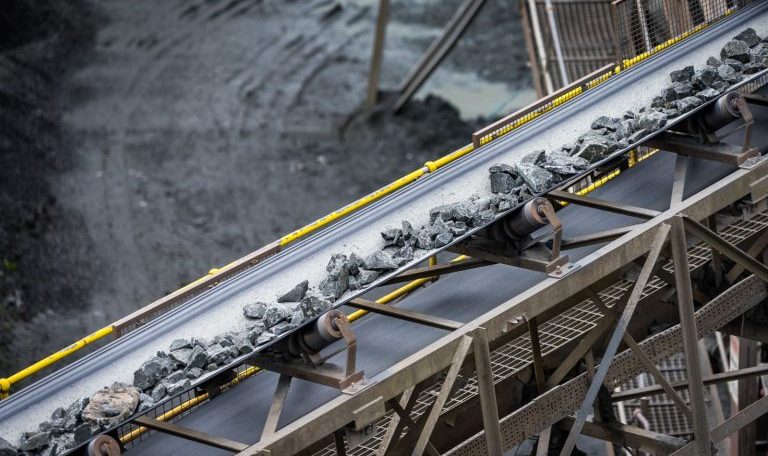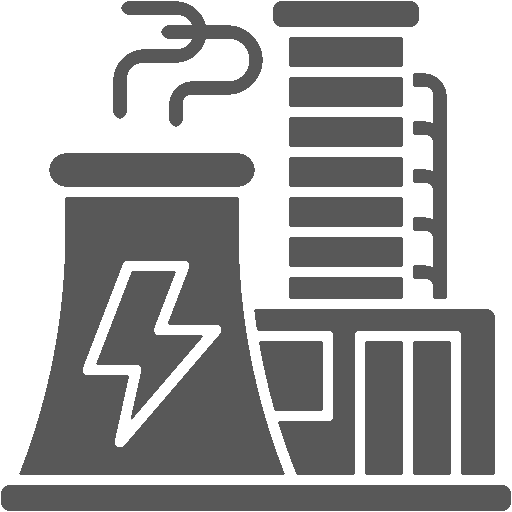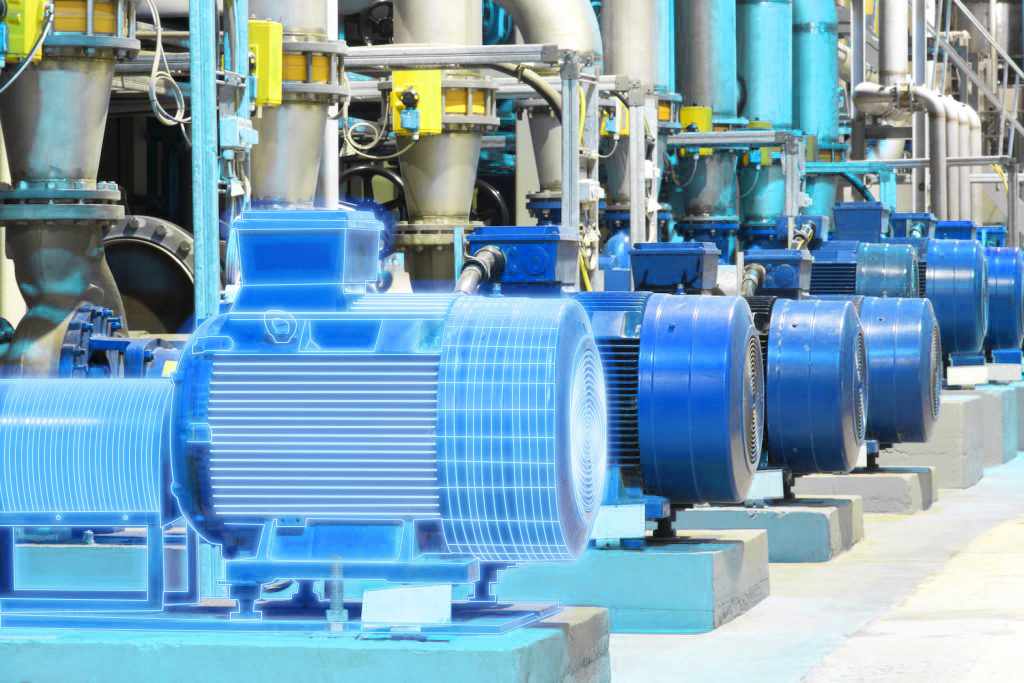
The mining industry is known for its complex and demanding operational environments. Ensuring the efficiency, safety, and longevity of equipment is crucial for maintaining productivity and minimizing downtime. Condition monitoring has emerged as a vital practice in this sector, offering a proactive approach to equipment maintenance and overall operational management. This blog explores the importance of condition monitoring in the mining industry, emphasizing its role in optimizing performance, safety, and cost-efficiency.
Contents
The Importance of Condition Monitoring in the Mining Industry
The mining industry is known for its complex and demanding operational environments. Ensuring the efficiency, safety, and longevity of equipment is crucial for maintaining productivity and minimizing downtime. Condition monitoring has emerged as a vital practice in this sector, offering a proactive approach to equipment maintenance and overall operational management. This blog explores the importance of condition monitoring in the mining industry, emphasizing its role in optimizing performance, safety, and cost-efficiency.
Enhancing Equipment Reliability and Performance
In the mining industry, equipment reliability is paramount. Machines operate under extreme conditions, including high pressure, temperature, and constant exposure to abrasive materials. Condition monitoring, by the way, enables continuous assessment of equipment health, allowing for early detection of potential issues. By monitoring key parameters such as vibration, temperature, and oil quality, operators can identify signs of wear and tear before they escalate into major failures.
Early detection of anomalies through condition monitoring ensures that maintenance can be scheduled at optimal times, preventing unexpected breakdowns. This proactive approach not only enhances equipment reliability but also maximizes operational performance. Machines that operate efficiently without unplanned interruptions contribute to higher productivity and better utilization of resources.
Improving Safety Standards
Safety is a critical concern in the mining industry, where the failure of a single piece of equipment can lead to catastrophic consequences. Condition monitoring plays a crucial role in enhancing safety by providing real-time data on equipment status. This data allows operators to identify and address potential safety hazards before they pose a risk to workers.
For instance, abnormal vibration patterns or temperature spikes can indicate impending mechanical failures, which, if left unaddressed, could result in dangerous situations. By promptly identifying and rectifying these issues, condition monitoring helps in maintaining a safer working environment. Moreover, the ability to predict equipment failures reduces the need for emergency maintenance, minimizing the risk of accidents during unplanned repairs.
Reducing Maintenance Costs
One of the significant advantages of condition monitoring is its potential to reduce maintenance costs. Traditional maintenance strategies often involve scheduled checks and reactive repairs, which can be costly and inefficient. Condition monitoring, on the other hand, facilitates a shift towards predictive maintenance, where interventions are based on the actual condition of the equipment rather than predetermined schedules.
By identifying issues early, condition monitoring helps in planning maintenance activities more effectively. This targeted approach ensures that resources are allocated only where necessary, reducing unnecessary maintenance tasks and associated costs. Additionally, addressing problems at an early stage often involves simpler and less expensive repairs compared to dealing with severe failures.
Condition-Based Maintenance Strategy In 5 Steps
Extending Equipment Lifespan
Mining equipment represents a significant investment, and extending its lifespan is crucial for achieving a good return on investment. Condition monitoring contributes to the longevity of machinery by ensuring that it operates within optimal parameters. Regular monitoring and timely maintenance prevent excessive wear and tear, thereby extending the operational life of the equipment.
For example, monitoring the lubrication levels and quality in machinery helps in maintaining proper lubrication, reducing friction and wear. Similarly, detecting and addressing misalignment or imbalance in rotating equipment prevents excessive strain on components. By preserving the integrity of the machinery, condition monitoring helps in maximizing its lifespan and reducing the frequency of replacements.
Enhancing Operational Efficiency
Operational efficiency is a key goal in the mining industry, where downtime and inefficiencies can lead to substantial financial losses. Condition monitoring enhances operational efficiency by providing valuable insights into equipment performance and health. This data-driven approach allows operators to make informed decisions regarding maintenance, repairs, and equipment utilization.
For instance, condition monitoring data can reveal trends and patterns in equipment performance, helping operators to optimize operational parameters. By adjusting operational practices based on real-time data, mines can achieve higher efficiency and productivity. Additionally, the ability to predict equipment failures and schedule maintenance during planned downtimes minimizes disruptions to operations.
Supporting Sustainability Goals
Sustainability is becoming increasingly important in the mining industry, with a growing emphasis on reducing environmental impact. Condition monitoring supports sustainability efforts by promoting efficient resource utilization and reducing waste. Well-maintained equipment operates more efficiently, consuming less energy and producing fewer emissions.












 White Papers
White Papers Case Study
Case Study Documents
Documents Webinars
Webinars Events
Events ROI Calculator
ROI Calculator FAQ
FAQ